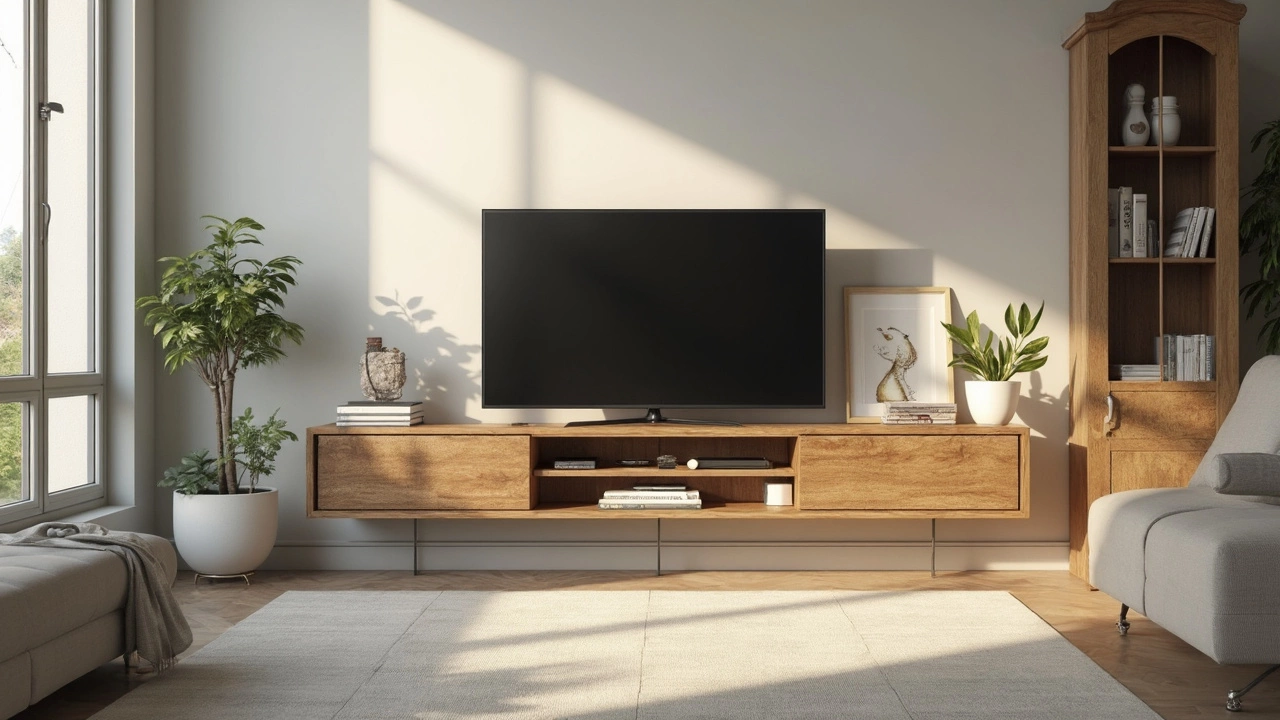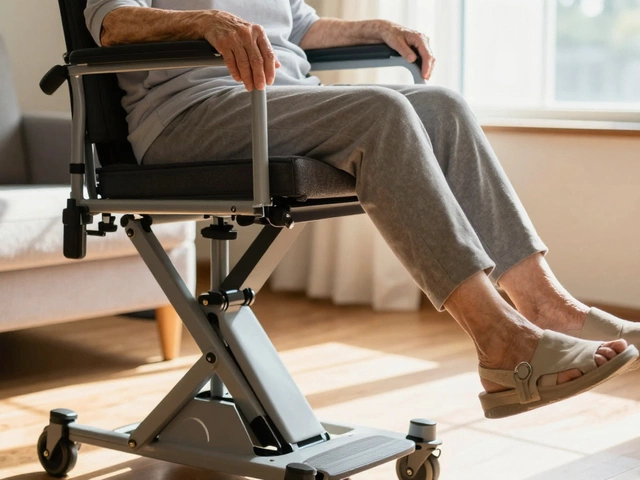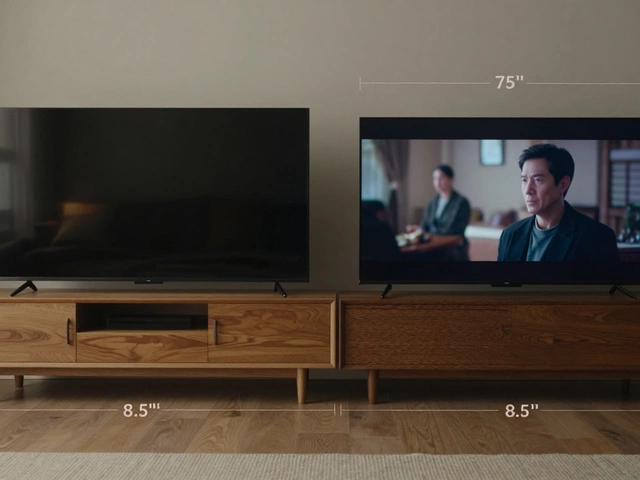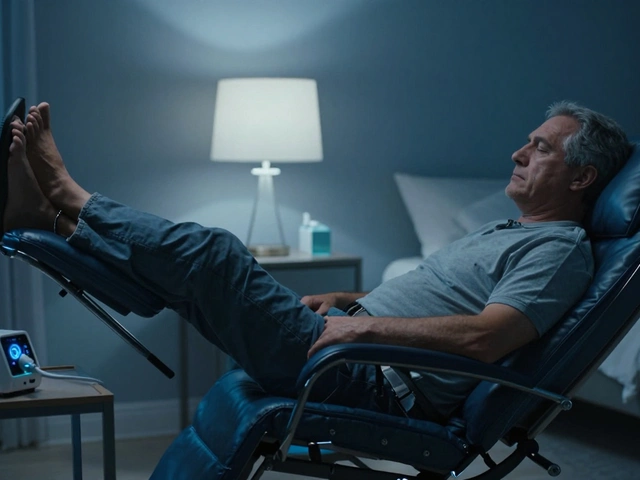TV Size Guide: How to Choose the Right TV, Stand and Mount Height
Getting a new TV can feel overwhelming. You walk into a store, see a wall of screens, and wonder how big is too big for your room. This guide cuts the noise and gives you practical steps to pick the right size, match it with a stand, and set it at a comfortable height.
Choosing the Right TV Size
First thing – measure the wall or the spot where you plan to put the TV. Grab a tape measure and note the width and height of the area. Most people use the viewing distance rule: multiply the distance (in inches) from your couch to the screen by 0.6 to get the ideal screen width. For example, if you sit 8 feet (96 inches) away, aim for a TV around 58 inches wide, which is roughly a 65‑inch diagonal screen.
Don’t get caught up in the inch count alone. Look at the actual width of the screen, not just the diagonal. A 55‑inch TV is about 48 inches wide, while a 65‑inch model is about 57 inches wide. Compare those numbers to your measured space and leave a few inches of breathing room on each side.
If your room is small or you have limited wall space, a 50‑inch to 55‑inch TV works well. Larger rooms can handle 65‑inch or even 75‑inch screens without feeling cramped. Remember, a too‑large TV can cause neck strain, while a too‑small one may feel underwhelming.
Stand and Mounting Basics
Once you know the screen size, think about the stand. A TV stand should be at least 2‑3 inches wider than the TV itself. For a 65‑inch TV (57‑inch wide), look for a stand that’s at least 60 inches wide. This gives the TV stability and space for speakers or décor.
If you prefer a wall mount, the height matters more than the width. The sweet spot is eye level when you’re seated. Measure from the floor to the seated eye line – usually around 42 inches – and aim to have the center of the screen at that height. For a 55‑inch TV, the center is about 27 inches from the bottom, so the bottom of the TV should sit roughly 15 inches off the floor. Adjust based on your sofa height and personal comfort.
Check the VESA pattern on the back of the TV – those are the four mounting holes. Match it with a wall bracket that supports the TV’s weight and size. Most brackets list the compatible screen sizes, so pick one that covers your range.
Don’t forget cable management. A simple cord cover can hide power and HDMI cables, keeping the look clean and safe.
Finally, test the setup before you permanently mount anything. Place the TV on a sturdy box or temporary stand at the intended height, watch a show, and see if the viewing angle feels right. Small tweaks now save you a lot of hassle later.
With these steps – measuring your space, using the distance rule, matching a proper stand or mount, and checking eye level – you’ll end up with a TV that looks great and feels comfortable. No need for guesswork or pricey returns. Enjoy your new screen and the movies, games, and sports that come with it!
How Much Longer Should a TV Stand Be Than the TV?
Ever wondered if your TV stand is the right size for your TV? This article explains exactly how much longer your TV stand should be than your TV and why it matters. Learn about practical guidelines, why extra length is useful, and how to avoid common placement mistakes. Get tips on balancing looks and safety at home. After reading, you’ll be able to pick the perfect stand for your setup—and skip the buyer’s regret.







